Report highlights impact of wealth inequality on state championships in Connecticut
Graphic by Shivali Kanthan ’24
Despite the high levels of economic discrepancy between neighboring towns, no action has been taken to bridge the gap in access to sports resources.
In every inspirational sports movie, the coach sits the losing team down at half time in the locker room and delivers one message: with enough hard work and perseverance, the underdogs can still win the big game.
However, the results of a recent report from Hearst Connecticut Media suggest a different reality: ultimately, money plays more of a role in whether a team wins or loses.
The report exposed a strong correlation between the median household income and the number of high school championships won in the Connecticut Interscholastic Athletic Conference (CIAC). According to Hearst, over the past 10 years, teams from the five wealthiest towns in Connecticut accumulated over 159 state championships for all sports. The state’s 10 poorest towns, in contrast, acquired only 44 state championships. Out of the top seven most decorated high schools all with at least 30 state championships–Bloomfield stands as the outlier, as it is the only town with more than 30 championships that has a median income less than $100,000.
Fairfield County had the highest wealth inequality in the nation, according to the Federal Bank Reserve in New York. The county is home to Darien, which has the highest median household income in the state. Darien High School, in direct correlation, has amassed more state championships than any other high school, a whopping 47 in the past 10 academic years, according to Hearst. In contrast, Fairfield County is also home to the city of Bridgeport, with a median household income of $47,484, Bridgeport Central High School has won one state championship in the past 10 years.
Westport ranks among the top 10 wealthiest towns in the state, with a median income of $222,375. Staples High School has won 31 state championships in the past 10 years, according to Hearst. Francine Stevens ’23, captain of the girls’ field hockey team, acknowledged how some contests between teams in the FCIAC seem to be unfairly stacked in favor of one team. On Oct. 3 Staples field hockey played Brien McMahon. The score was a blowout, 10-0, in favor of the Wreckers.
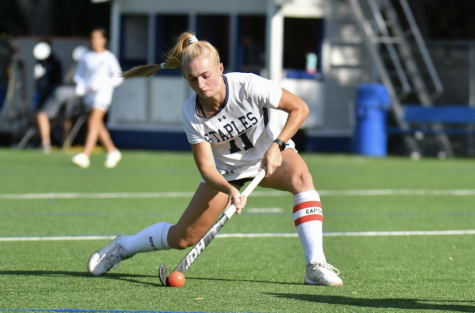
“Almost every girl on our team plays club field hockey in winter, spring and summer,” Stevens said. “When we play teams like Danbury or Westhill we typically shut them out 10-0, which isn’t fun for either team. It’s not a fair matchup for girls who play club year round to play against girls who only play during the school season.”
Alternatively, Barry Beatie, head coach of the Staples girls’ soccer team, did not subscribe to the notion that his team’s success could be attributed to Westport’s affluence. The Staples girls’ soccer team has been the reigning FCIAC champion for three years in a row and were co-state champions last fall. They currently sit undefeated in second place in the FCIAC regular season ranking.
“When people say that the reason the Staples program is so good is because Westport has a lot of money, I feel like it takes away from all of the talent and quality our players have and all the work that we put in to win championships. We win because we deserve it,” Beattie said.
Still, others point out that poorer districts and their subsequent athletics programs lack access to the same array of resources and equipment that wealthier districts can access.
When people say that the reason the Staples program is so good is because Westport has a lot of money, I feel like it takes away from all of the talent and quality our players have and all the work that we put in to win championships.
— Barry Beatie, head coach of Staples girls’ soccer
Sami Dewitt ’23, the captain of the Staples girls’ soccer team, attested to how beneficial the resources and athletic equipment provided to the team are on her performance and recovery.
“The whole team loves the snacks we have on the bus before away games,” Dewitt said. “The Gatorade and water are also super helpful to rehydrate afterwards. And it’s so nice because I don’t have to think about packing my own food.”
As the weather gets colder, each player has access to insulated, weather-proof jackets to keep warm on the side lines. The program was even able to bring in a nutritionist at the beginning of the season to educate players on when and what to eat to perform their best.
Wealthy towns across the FCIAC have attempted to reallocate their own resources to schools in Bridgeport specifically, where the athletic programs fall significantly behind, with the exception of boys’ basketball. In 2019, Staples football, led by former head coach Jon Zames, donated shoulder pads, helmets and guardian caps to Bridgeport Central’s football program. The guardian caps are essential in preventing head injury and cost $60 a piece. The Central coaching staff responded with gratitude, saying that their program would have never been able to afford this equipment on their own.
In addition, the Bridgeport Field of Dreams Foundation is a nonprofit with the goal of “[supporting] Bridgeport public school athletes’ abilities to participate and compete with dignity, pride, and personal integrity.” Donations to this foundation have allowed athletes in Bridgeport to take part in summer leagues, summer sports camps and youth teams.
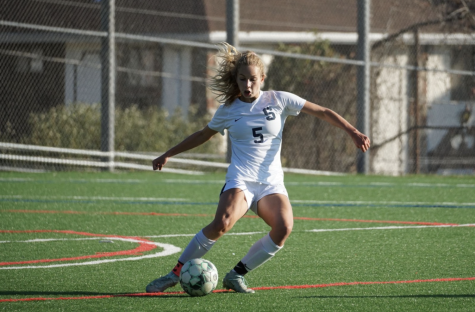
A report conducted in 2020 by the Federal Reserve Bank of Boston’s New England Public Policy Center concluded that it would take the state of Connecticut an extra $940 million to $1.7 billion a year to bridge the gap between what wealthier and poorer districts spend on their students. These figures do not even take into account athletics, which points to a larger disparity in education in Connecticut.
But lasting progress cannot be made by donations and charity alone. Coaches have looked to the CIAC for a solution. Reconfiguring the playoff season, for example, to bring some more fairness to the system, has been discussed, but no action has been taken.

Whether she serves as president and founder of the ASL club and or inspires as a captain of the girls’ soccer team, web managing editor Talia Moskowitz...














































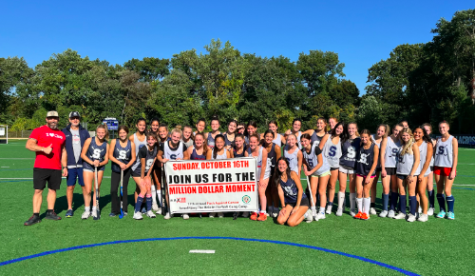



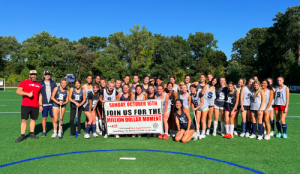














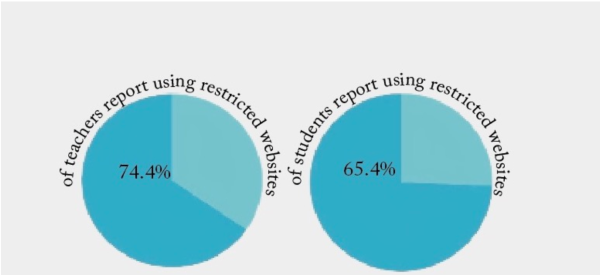



Karen Murphy • Nov 4, 2022 at 1:41 pm
Excellent in depth article on disparity in sports Talia. I learned a great deal!